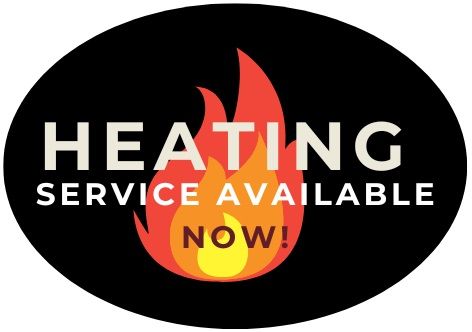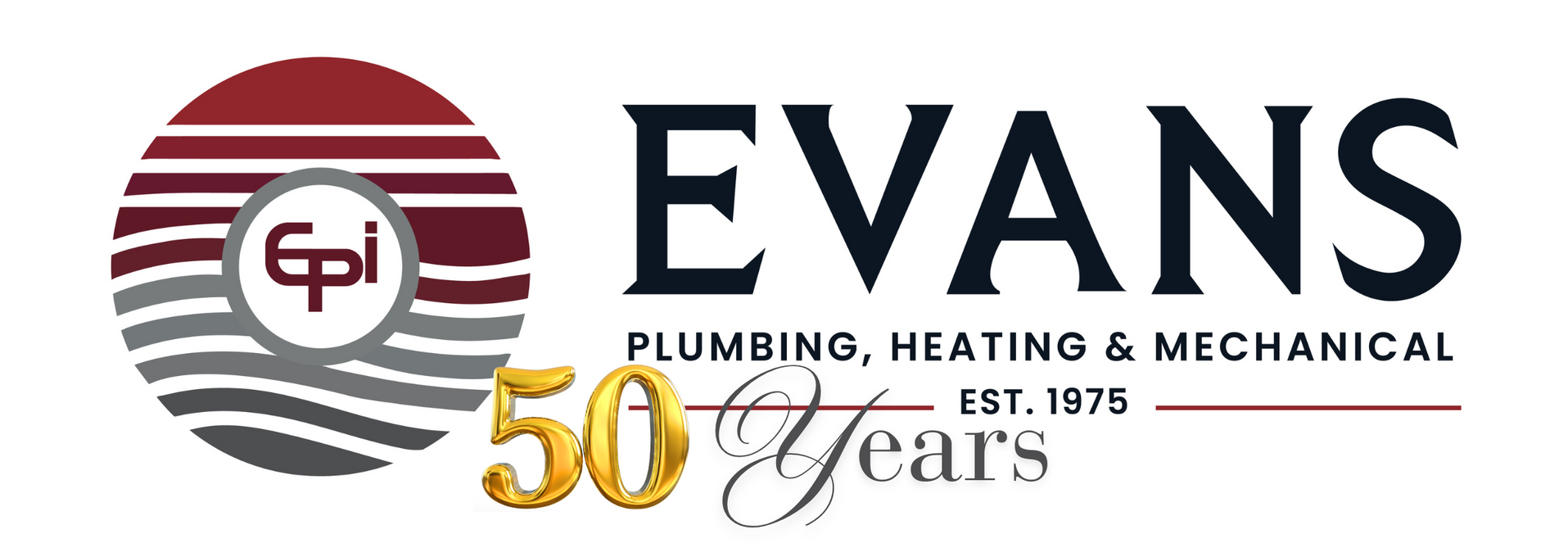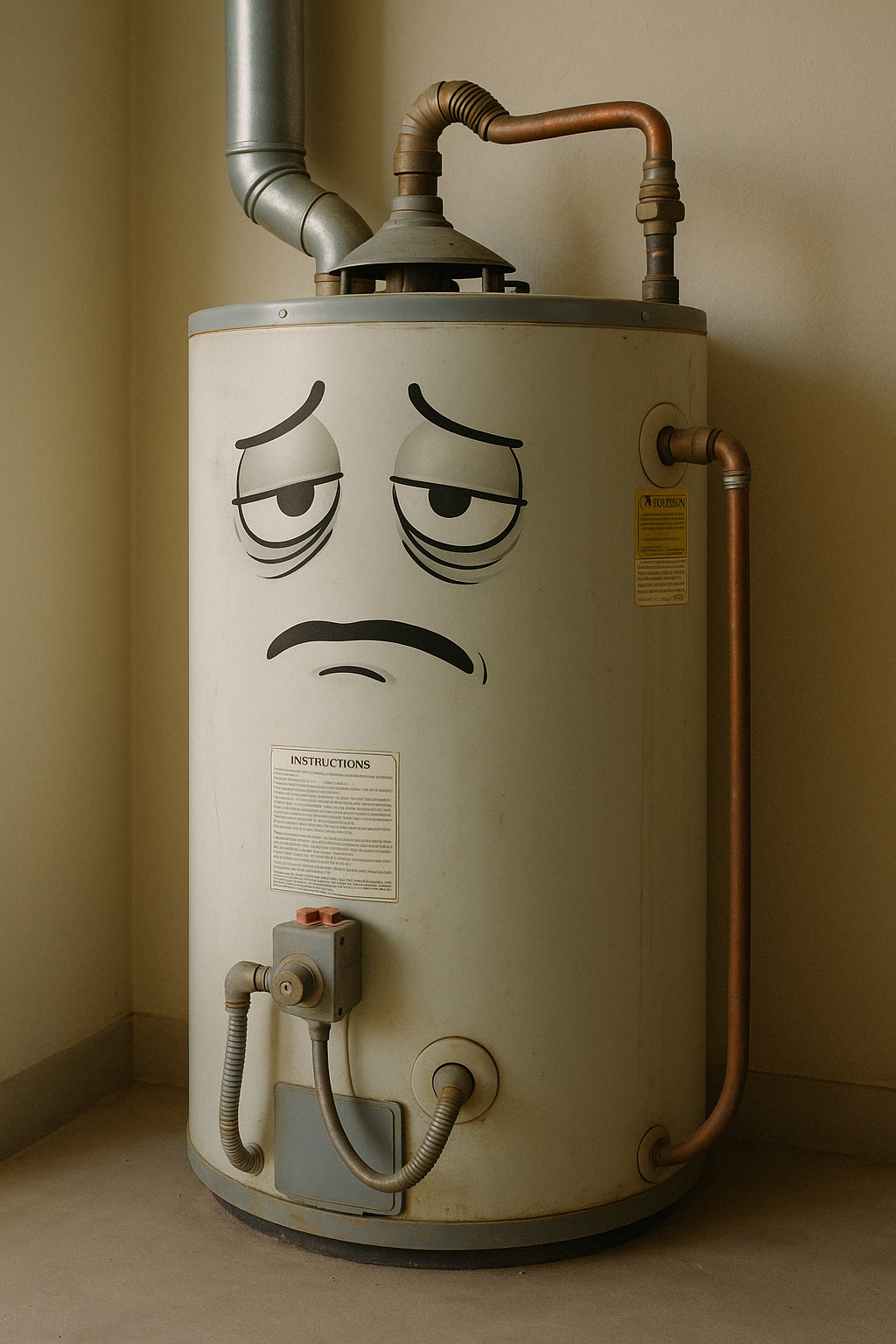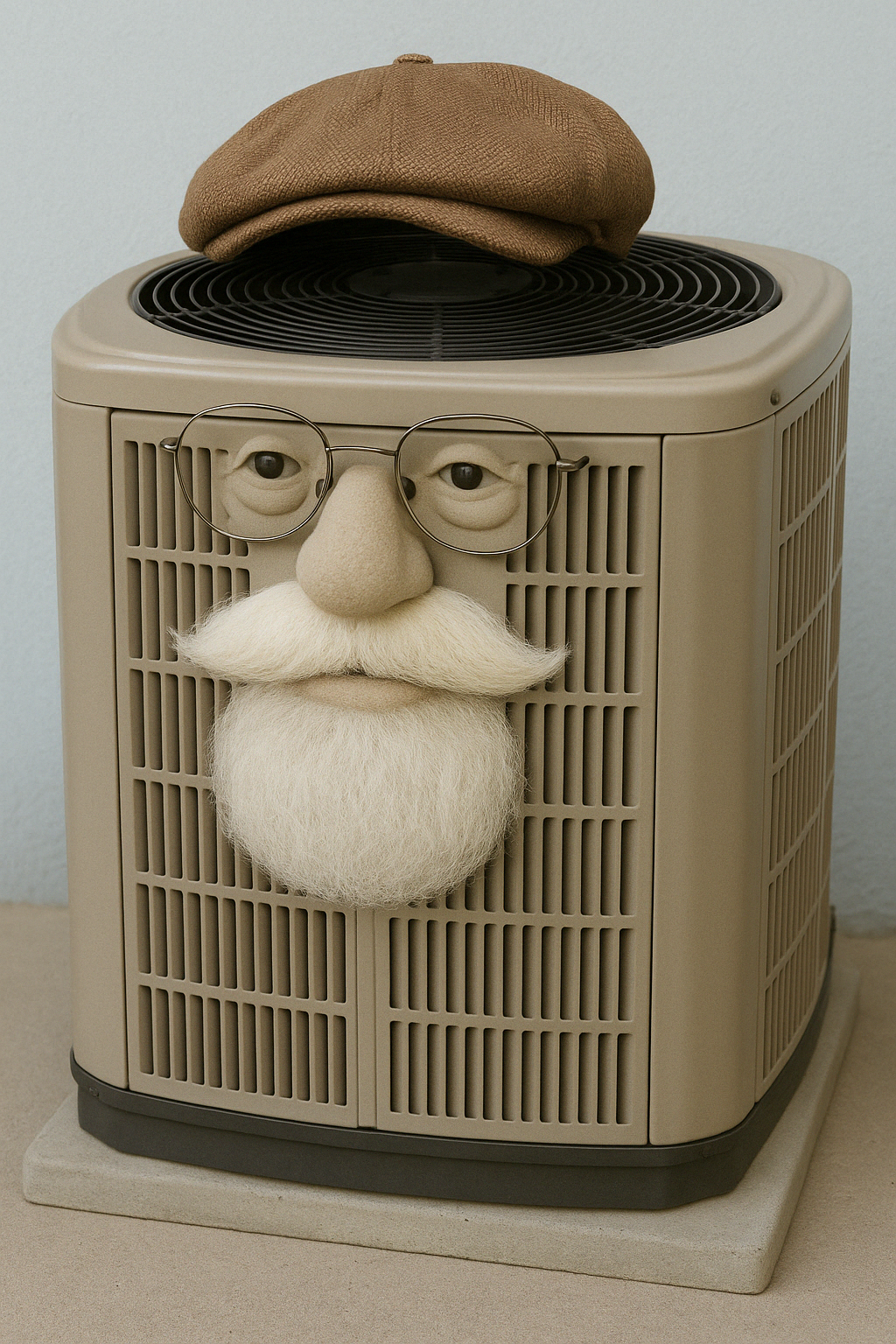How to Prepare Your Home in Hailey, Idaho, for Spring: HVAC Tips
7011748352 • December 16, 2024

How to Prepare Your Home in Hailey, Idaho, for Spring: HVAC Tips
Spring in Hailey, Idaho, brings a welcome change in weather, but it also presents a prime opportunity to prepare your home’s HVAC system for the months ahead. Proper maintenance now ensures your system operates efficiently, keeps energy costs low, and prevents unexpected breakdowns. Here’s a comprehensive guide to getting your HVAC system spring-ready.
1. Schedule a Professional HVAC Inspection
One of the best things you can do for your HVAC system is to have it inspected by a professional. An expert technician can:
Check for wear and tear on system components.
Clean internal parts to improve efficiency.
Identify and fix potential problems before they escalate.
Book an HVAC Inspection in Hailey, Idaho to ensure your system is ready for the season.
2. Replace or Clean Air Filters
Clean air filters improve air quality and help your HVAC system run more efficiently. During spring, allergens like pollen can enter your home, so a clean filter is crucial.
Steps to Replace Your Air Filter:
Turn off your HVAC system.
Locate the air filter (check your manual if you’re unsure).
Replace it with a new filter or clean it if it’s reusable.
Consider upgrading to a high-efficiency particulate air (HEPA) filter to trap allergens and pollutants.
3. Clean Around Outdoor Units
Spring often means clearing debris left by winter storms. Ensure the outdoor unit of your HVAC system is free of:
Leaves, dirt, and sticks.
Snow or ice remnants.
Overgrown vegetation (maintain at least two feet of clearance around the unit).
Learn How to Maintain Your Outdoor HVAC Unit to protect it from seasonal damage.
4. Test Your Thermostat
Switching between heating and cooling modes as temperatures fluctuate is common in Hailey’s spring months. Make sure your thermostat is working correctly by:
Testing both heating and cooling functions.
Calibrating the thermostat if needed.
Upgrading to a smart thermostat for energy-efficient temperature control.
Discover Smart Thermostat Benefits and how they can save you money year-round.
5. Check Your Ductwork
Leaky or blocked ducts can significantly reduce your HVAC system’s efficiency. Spring is a great time to:
Inspect for visible cracks or gaps.
Schedule duct cleaning to remove dust and allergens.
Seal any leaks to improve airflow.
Find Professional Duct Cleaning Services Near Hailey for better indoor air quality.
6. Upgrade Your HVAC System (If Necessary)
If your system struggled through the winter or is over 10 years old, it might be time to consider an upgrade. Newer systems are more energy-efficient and environmentally friendly.
Explore HVAC Replacement Options to find the best system for your home.
Final Thoughts
Preparing your HVAC system for spring ensures comfort and efficiency as temperatures rise. From simple maintenance tasks like changing filters to professional inspections, these steps will keep your system running smoothly. Don’t wait for a breakdown to take action—invest in your home’s comfort and energy efficiency today.
For expert HVAC services in Hailey, Idaho, contact us today and let our professionals help you get your home ready for the season.






Share On: